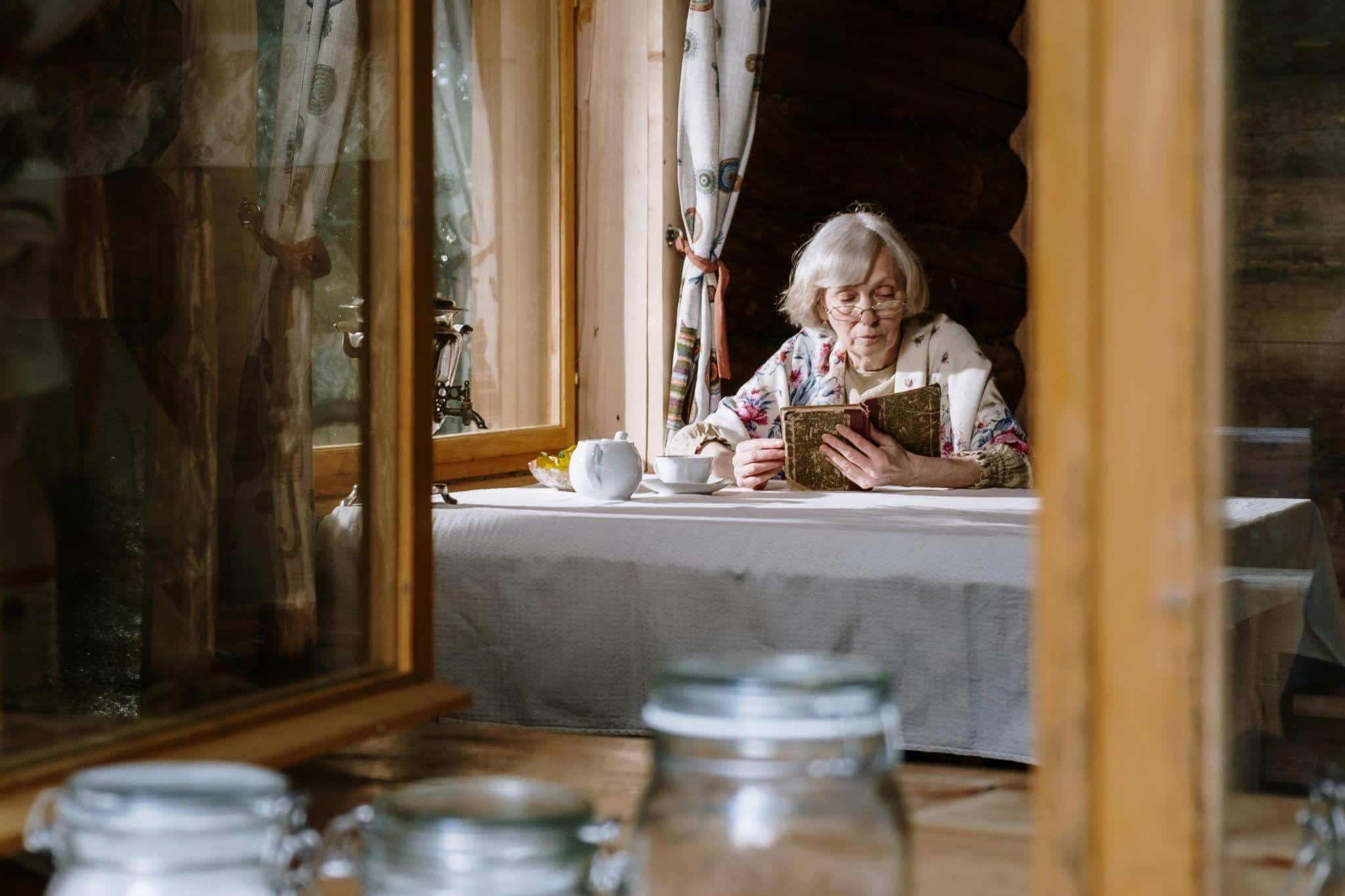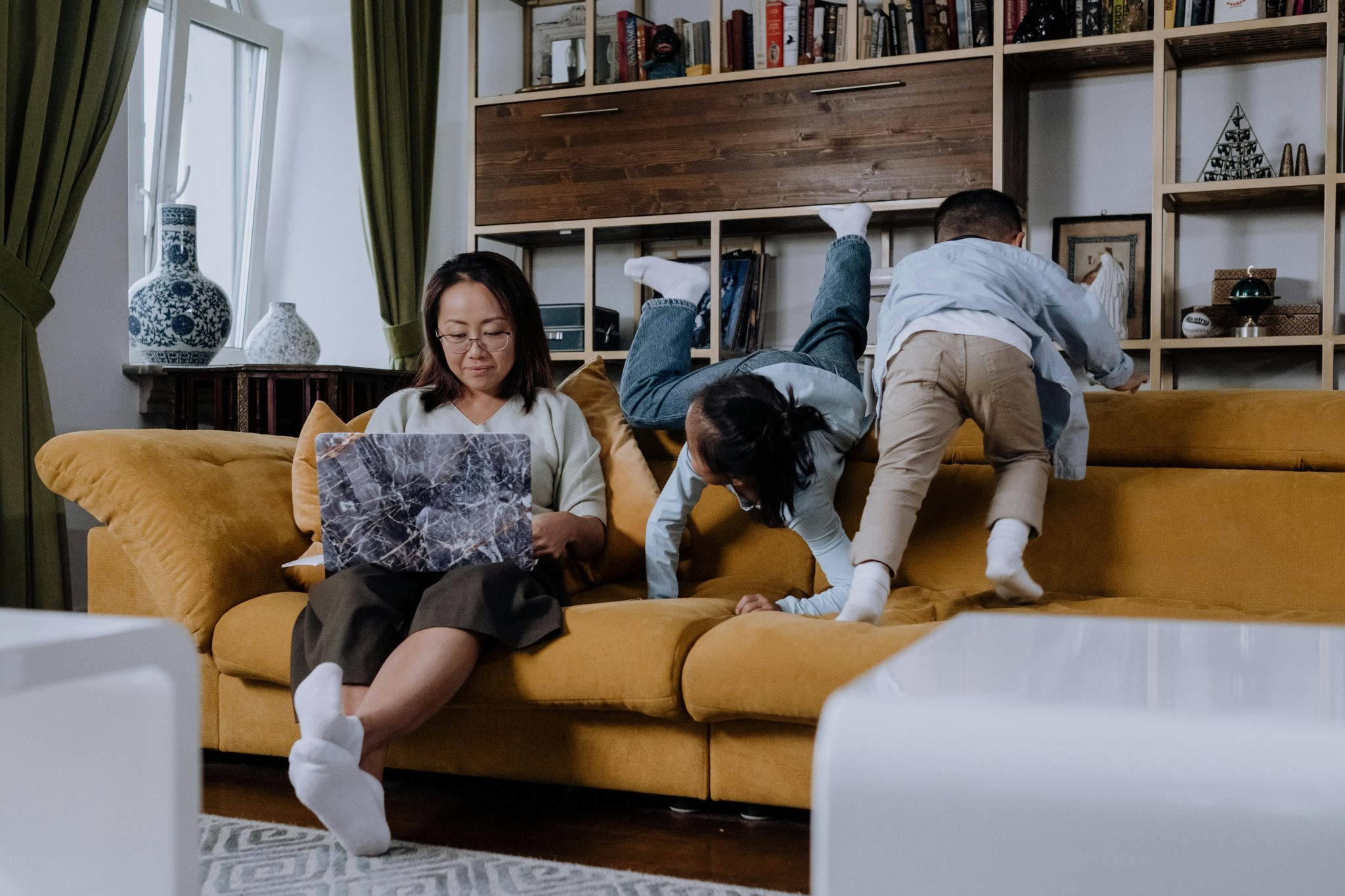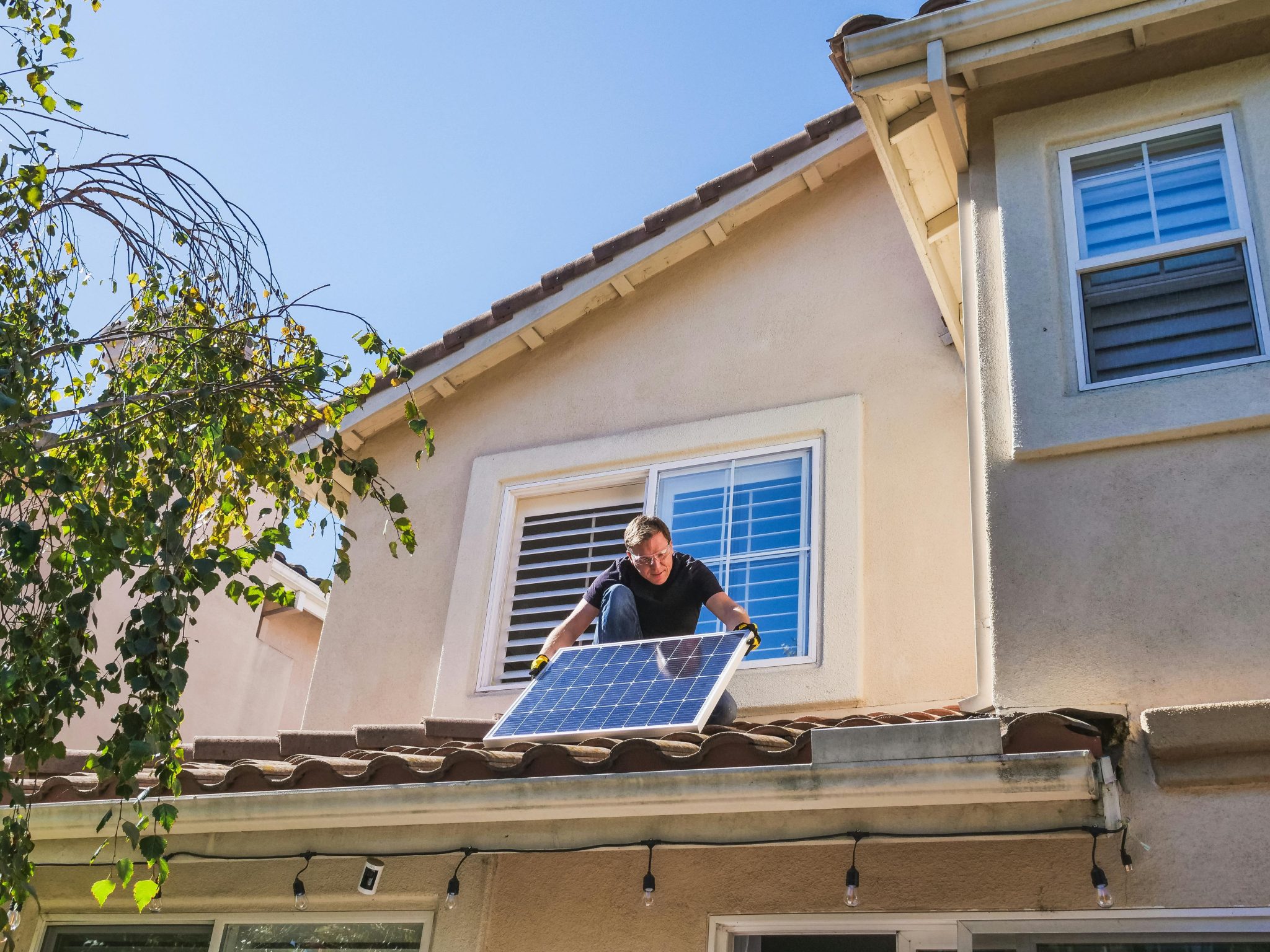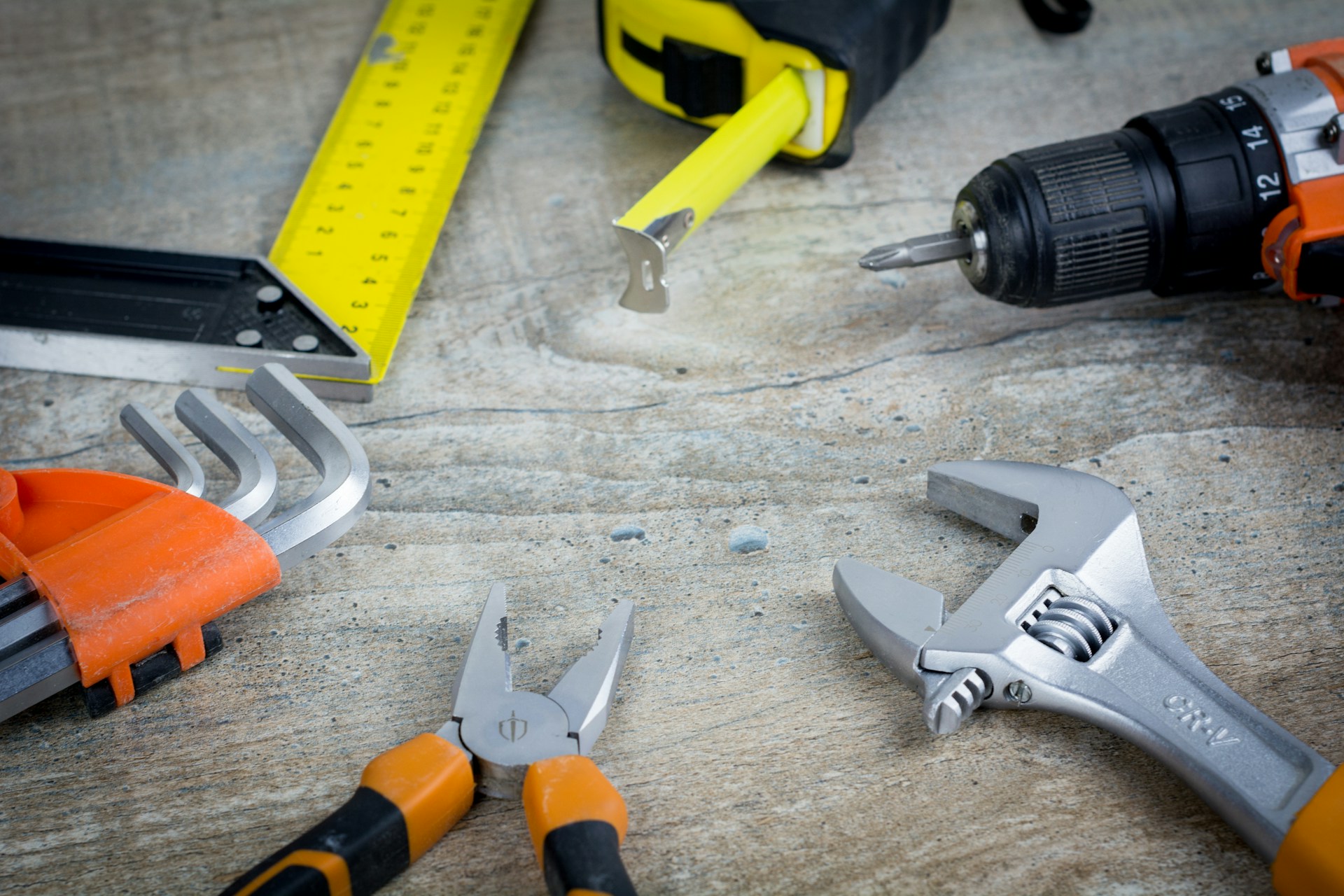Aging in Place: Modifying Your Home for Enhanced Independence
With age, it becomes crucial to retain one’s independence and stay familiar with the home environment. The term “aging in place” outlines the wishes of many elderly individuals to live in their homes for as long as possible without moving to an assisted living center.
However, such factors as aging and potential mobility issues may cause significant hindrances in maneuvering the house. This is where home modifications come into play – to provide solutions that will make life safer and easier.
Assessing Your Home’s Accessibility Needs
The first measure to consider when deciding on the aging-in-place concept is to define those areas within the house that are going to be problematic. It includes stairs, narrow doors, no ramps, and bathrooms with high tubs/showers that the user has to step over into.
Decide where there’s limited space, slippery floors, and inadequate lighting. Consider your specific mobility needs and choose an appropriate mobility aid that will allow you to navigate your home safely and comfortably. A great option is an electric wheelchair with an elevating seat that will help you reach the highest shelves and cabinets.
Common Home Modifications for Accessibility
After you have determined which areas are most in need of attention, there are various ways to modify a home to enhance accessibility. These changes can be grouped into several aspects like entryways and doorways, bath space, living and kitchen, and stairways and flooring.
Entryways and Doorways
Those with mobility issues will find that entryways and doorways pose a major challenge. Measures in this area may involve the construction of ramps or the provision of a separate entrance for a wheelchair. Think about widening the doorway that allow enough space for mobility aids.
Bathroom Adaptations
Bathrooms are usually the first area of concern because they are the most likely to pose risks and obstacles. Some of these changes include turning conventional bathtubs into walk-in showers, fitting grab bars, and slip-resistant flooring. Increase the height of toilet seats and position sinks at an accessible height.
Living Spaces and Kitchens
Accessibility for mobility devices and adequate circulation spaces are crucial in any living space, especially in the kitchen. Changes may include reducing the height of counters and appliances. Use door handles and faucets that are easy to grip and provide enough room for a wheelchair or walker.
Stairways and Flooring
When a house has different floors, then stairs become a major issue of concern. Possible recommendations may involve using stair lifts or residential elevators or even thinking about moving to a single-story home. The slip-resistant flooring and smooth ramps can reduce the risks of slipping and enhance the ease of mobility within the house.
Financing Options and Resources
Although home modification can be expensive, there are many ways of getting funding for it. Most communities have home modification loans or grants that support aging-in-place programs. Also, some changes might be eligible for tax deductions or credits, which can help those who are making changes to their homes for accessibility needs.
Look into local and national organizations that provide information, resources, and support for home modifications. They can offer some advice, recommend suitable contractors, and assist in the process of adapting your house for people with disabilities.
Conclusion
Aging in place is a powerful concept that gives the elderly the opportunity to preserve their autonomy and comfort in their own homes. This means that by being proactive with accessibility needs by having home modifications, a person can have a safe home environment.
Even though the process of adaptation may appear complicated, it is necessary to consider all the options and prioritize the ones that will allow people to stay in their homes as long as possible. When accepting these changes, older people can minimize the dangers of mobility issues and experience the positive social and practical aspects of accessible housing.
Note that aging in place is not only a structural concept – it’s about enabling people to remain in the home they love with the friends and memories they hold dear. However, with the appropriate adjustments and assistance, the process of aging can be done gracefully, with dignity, and with a newfound freedom.







